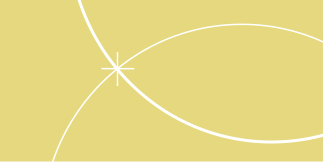Aim
To evaluate the effectiveness of superabsorbent wound dressing Zetuvit Plus® in the treatment of patients with fullthickness deep burns.
Methods
The results of treatment were analyzed in 50 clinical cases. The patients aged from 24 to 70 years (49,2±2,6 years on average) had total burn areas from 10% to 65% TBSA (Total Body Size Area), (30,5±2,8% on average). The areas of deep burns ranged from 5% to 20% TBSA (10,8±0,9% on average).
All the patients underwent surgical necrectomy. In 7–13 days after necrectomy, skin grafting (perforation coefficient 1:4) with preliminary excision was conducted. Following necrectomy and skin grafting, atraumatic dressings Grassolind® were applied to the wounds. 25 patients had Zetuvit Plus® applied as an absorbent dressing and the other 25 had multilayered cotton gauze.
Results
After surgical necrectomy wounds, were cleansed and granulation tissue formed in 7 to 16 days. In the Zetuvit Plus® group it took 9,3±0,5 days on average to prepare the wound bed for autografting. In the comparison group, it took 10,1 ± 0,7 days on average.
That said, dressing change frequency in the Zetuvit Plus® group was lower (2,8 changes against 3,8 changes in the comparison group). After skin grafting, epithelial tissue formed in 12,2±0,3 days in the Zetuvit Plus® group, and in 12,6±0,5 days in the comparison group (difference statistically non-significant). In some patients, wound infection and partial autolysis were observed. Therefore, a second autografting was required. The autolysis rate was 39% in the Zetuvit Plus® group and 17% in the comparison group. This may be explained by so-called ‘greenhouse effect’ caused by superabsorbent wound dressings.
Clinicians, as well as patients, reported that Zetuvit Plus® dressings were convenient to use.
Conclusion
The use of superabsorbent wound dressing Zetuvit Plus® in the management of large-area deep burn wounds allows to prepare the wound surface for surgical closure within an optimum time frame. The use of the superabsorbent wound dressing allows to reduce the time of wound bed preparation, reduce frequency of dressing change, and increase patient comfort. Application of superabsorbent wound dressing on transplanted mesh grafts is not advisable.
Clinical relevance
Zetuvit Plus® dressings can be used in the treatment of patients with deep burns in the process of preparing the wound for surgical closure after necrectomy.
Acknowledgements
We thank our colleagues from the Moscow F.I. Inozemtzev’s Hospital and the Burn Center of A.V. Vishnevsky Institute of Surgery for their help in carrying out this research.
